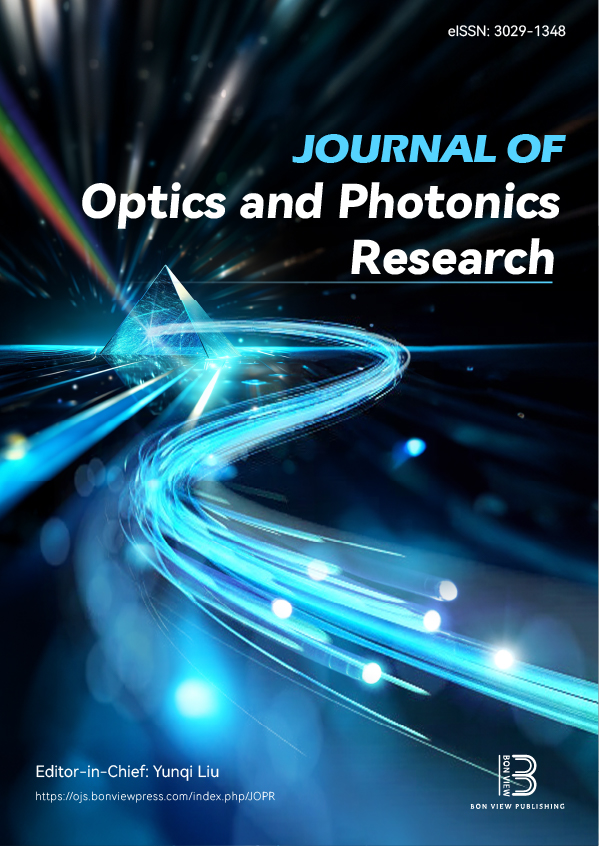Raman Scattering of Light and Axions
DOI:
https://doi.org/10.47852/bonviewJOPR52024902Keywords:
Raman scattering of light, photon, axion, photon annihilation, dispersed mediumAbstract
Based on the modern idea that a photon is a stable, indivisible particle, it is necessary to abandon the generally accepted idea that in the elementary act of Raman scattering of light, a photon splits into two particles. Such a rejection and the transition to a four-photon scheme of the elementary act with the participation of an axion make it possible to preserve the integrity of the photons involved in the elementary act of Raman scattering. The laser beam interacts with vibrations of atoms in molecules, with electrons in atoms, and with phonons or other excitations in the medium under study, as a result of which frequency components appear in the radiation spectrum at the output of the medium under study, shifted relative to the laser frequency toward high or low values. Raman scattering of light is the inelastic scattering of optical radiation in the medium under study, accompanied by a noticeable change in the frequency of radiation. Unlike Rayleigh scattering, which occurs when the refractive indices of the medium and the pumping radiation coincide in phase, in Raman scattering, spectral lines appear in the spectrum of scattered radiation that are not present in the spectrum of primary (exciting) light. Raman scattering of light can be observed in various media: liquids, semiconductors, and gases. It is noteworthy that with the advent of lasers, spontaneous Raman scattering has been supplemented by forced scattering, which allows for a clear result. Using the example of laser radiation scattering in a cell with atomic potassium vapor, it is shown that axions participate in the process of Raman scattering of light.
Received: 26 November 2024 | Revised: 29 July 2025 | Accepted: 28 August 2025
Conflicts of Interest
The author declares that he has no conflicts of interest to this work.
Data Availability Statement
The data that support the findings of this study are openly available at https://journalofscience.org/index.php/GJSFR/article/view/102768, reference number [5].
Author Contribution Statement
Valeriy Evgenievich Ogluzdin: Conceptualization, Methodology, Software, Validation, Formal analysis, Investigation, Resources, Data curation, Writing – original draft, Writing – review & editing, Visualization, Supervision, Project administration.
Downloads
Published
Issue
Section
License
Copyright (c) 2025 Authors

This work is licensed under a Creative Commons Attribution 4.0 International License.


